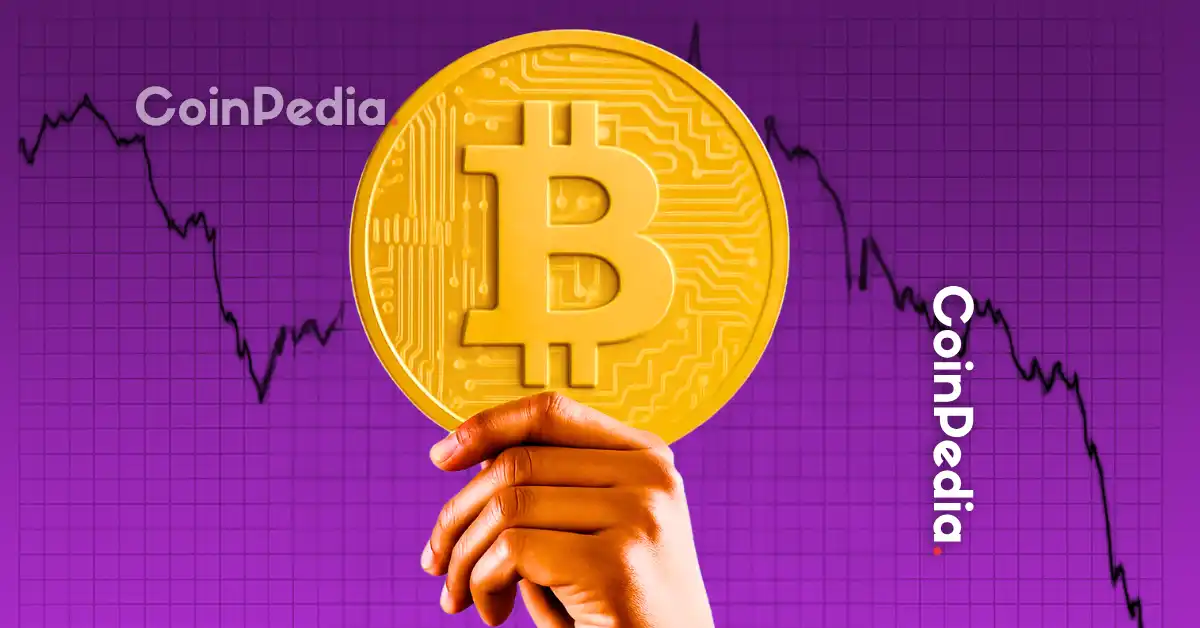Unpacking the Drivers Behind Bitcoin’s Surge: A Comprehensive Analysis
Introduction: Beyond the Hype, What’s Fueling Bitcoin’s Ascent?
Bitcoin’s price movements have always been a subject of intense scrutiny and debate. The cryptocurrency’s volatility has led to dramatic price swings, often leaving investors and analysts scrambling to understand the underlying forces at play. Currently, Bitcoin is experiencing a significant rally, breaking previous all-time highs and sparking renewed interest in the crypto market. However, this surge is not merely a repetition of past cycles. To grasp the full picture, it is essential to delve into the multifaceted factors driving this upward momentum.
The Shifting Sands of Bitcoin’s Market Cycle
Bitcoin’s historical performance has been closely tied to its four-year halving cycle, where the reward for mining new blocks is cut in half. This reduction in supply has traditionally been followed by a substantial price increase. However, the current rally suggests that the market dynamics are evolving. While the halving event still plays a role, other factors are increasingly influencing Bitcoin’s price.
Analysts like Benjamin Cowen have noted that altcoins typically experience a surge during the summer months, with capital rotating back to Bitcoin by late August. This cyclical pattern has been a reliable indicator in the past. However, the growing influence of institutional investors and long-term holders is challenging this traditional view. The market is no longer solely driven by retail investors and speculative trading but is increasingly shaped by strategic, long-term investments.
The Macroeconomic Tides: Fiscal Policy and Global Uncertainty
The macroeconomic environment is a significant driver of Bitcoin’s current rally. Shifts in U.S. fiscal policy and broader economic uncertainty are playing a crucial role. 10x Research has highlighted that the rally is not driven by retail FOMO or ETF speculation but by macroeconomic factors. Arthur Hayes, co-founder of BitMEX, attributes Bitcoin’s rise to fears of global wartime inflation, suggesting that investors are turning to Bitcoin as a hedge against economic instability.
This shift in perception is significant. Bitcoin is increasingly being viewed as a safe haven asset, similar to gold. The ongoing conflicts and economic uncertainties worldwide are fueling this trend, as investors seek assets that can preserve value in turbulent times. This macroeconomic backdrop is providing a strong foundation for Bitcoin’s price appreciation.
The Institutional Embrace: Calculated Bets and Long-Term Vision
The involvement of institutional investors is one of the most notable changes in the Bitcoin market. Firms like BlackRock and Fidelity are making substantial, long-term investments in Bitcoin, signaling a fundamental shift in how the asset is perceived. This “quiet, calculated money” is bringing a level of legitimacy and stability to the market that was previously lacking.
Rachael Lucas, a crypto analyst at BTC Markets, emphasizes that the current rally is structurally different because it is driven by institutional capital rather than retail investors. This institutional adoption is not only increasing demand but also reducing volatility. Institutional investors tend to have a longer-term horizon and are less likely to engage in speculative trading, which helps stabilize the market.
The ETF Effect: A Double-Edged Sword
The launch of Bitcoin ETFs has been a game-changer, providing mainstream investors with easier access to Bitcoin. Initially, the launch of Bitcoin ETFs correlated with Bitcoin climbing above $45,000. However, the dynamics are more complex. Retail investors have begun gradually selling Bitcoin while purchasing shares of MicroStrategy, indirectly fueling the Bitcoin rally. This suggests that while ETFs have driven demand, the underlying market behavior is evolving.
The ETF effect is a double-edged sword. On one hand, it has democratized access to Bitcoin, attracting a broader range of investors. On the other hand, it has also introduced new dynamics, such as the rotation of capital between different investment vehicles. Understanding these nuances is crucial for predicting future price movements.
Scarcity and the Inherent Value Proposition
The limited supply of Bitcoin remains a fundamental driver of its value. With a capped supply of 21 million coins, Bitcoin’s scarcity is a key factor in its price appreciation. As demand increases and the supply remains constant, the price is naturally pushed higher. This inherent scarcity, combined with increasing institutional interest, reinforces Bitcoin’s appeal as a store of value.
Experts emphasize that this scarcity is a unique feature of Bitcoin, setting it apart from traditional assets. The fixed supply ensures that Bitcoin cannot be devalued through inflationary measures, making it an attractive option for investors seeking to preserve wealth.
Potential Roadblocks and Future Trajectory
Despite the bullish sentiment, it is important to consider potential challenges. Nicholas Merton believes Bitcoin is about to enter its final move slightly to the upside before coming crashing down. While predictions vary, the market is known for its volatility, and corrections are inevitable.
However, many analysts remain optimistic about Bitcoin’s long-term prospects. Several experts see trends that could carry it to $200,000. Bernstein and 10X Research analysts discuss the many factors driving the current rally and how high they expect it to go. Bitcoin’s 2025 surge isn’t over yet, with several reasons Bitcoin could reach even greater heights over the second half of the year.
Conclusion: A Maturing Asset Class
Bitcoin’s current rally is more than just a repeat of past cycles. It reflects a fundamental shift in how the asset is perceived and utilized. Macroeconomic factors, institutional adoption, and inherent scarcity are all contributing to its rise. While volatility and corrections are inevitable, the long-term trajectory suggests a maturing asset class with the potential to reshape the global financial landscape. As Bitcoin continues to evolve, its role as a store of value and a hedge against economic uncertainty is likely to become even more pronounced, solidifying its position in the global financial system.











